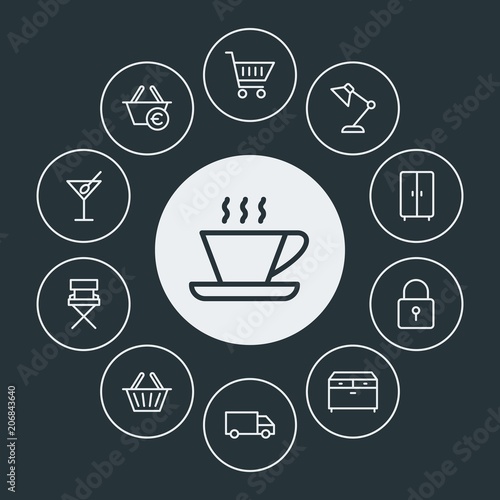In-Depth Guide To Repairing Classic Cabinets
In-Depth Guide To Repairing Classic Cabinets
Blog Article
Write-Up Produced By-Gorman Wilkerson
To begin the journey of bring back antique cabinets, you need a keen eye for detail. Think of uncovering concealed keys within each layer of history ingrained in the wood. Picture the complete satisfaction of restoring a once-forgotten piece to its former glory. Every step of this meticulous process holds the vital to preserving the past while developing a future antique. So, are you all set to embark on this transformative endeavor and unlock the possibility of your antique cupboards?
Examining the Cabinet's Problem
When starting the remediation procedure, start by assessing the condition of the antique closet. Meticulously take a look at the overall framework for any type of indications of damage such as cracks, chips, or loosened joints. Check the wood for any type of rot, bending, or insect infestation that might have occurred in time. It's vital to determine the level of the remediation needed prior to proceeding additionally.
Next, evaluate the cabinet's equipment such as joints, knobs, and locks. Make note of any kind of missing out on items or parts that need repair service or substitute. Ensure that all equipment is functioning appropriately and securely connected to the closet.
Additionally, review the cabinet's coating. https://redo-outside-of-house21100.win-blog.com/7640360/yearning-for-the-excellent-timber-for-your-custom-made-closets-look-into-the-elements-that-form-your-choice-and-change-your-space-with-the-ideal-selection for any type of scratches, spots, or discoloration that may affect the aesthetic charm. Determine if the coating requires to be removed and reapplied or if a simple touch-up will suffice.
Collecting the Required Tools and Materials
After assessing the condition of the antique cabinet, the following step is to gather the needed tools and materials for the restoration process. Before you start, guarantee you have the adhering to items on hand:
- wood cleaner
- sandpaper in various grits
- wood filler
- paint or timber stain
- brushes
- handwear covers
- security goggles
- a dirt mask
- a ground cloth
- a putty knife
- a hammer
- a screwdriver
- a vacuum cleaner
These devices and products are necessary for an effective reconstruction.
Timber cleaner is vital for eliminating years of dirt and crud accumulation, preparing the surface for sanding. Sandpaper of various grits assists in raveling blemishes and preparing the wood for a new coating. Wood filler is handy for repairing any fractures, openings, or dents present in the closet.
Paint or timber discolor, along with brushes, enable you to customize the cabinet to your choice. Remember to put on gloves, safety and security goggles, and a dust mask for defense. Put down a ground cloth to shield your workplace, and use a hoover to clean up any kind of particles.
With these tools and products collected, you're ready to start the reconstruction procedure.
Performing the Reconstruction Process
To successfully execute the restoration procedure on your antique cupboard, begin by completely cleaning the surface area with the wood cleaner. This action is critical as it helps eliminate years of dirt, grime, and old gloss that might have accumulated on the surface.
Once the cupboard is clean and dry, evaluate the problem of the timber. Search for any type of splits, scrapes, or other problems that require to be resolved. Use wood filler to fix any type of imperfections, making sure to match the filler color to the timber tone for a smooth finish.
After the repairs have actually dried out, delicately sand the whole surface to create a smooth and even base for the brand-new coating. Take care not to sand too aggressively, as you do not intend to damage the wood below.
As soon as https://www.constructionkenya.com/5043/small-house-renovation/ is total, use a timber tarnish or finish of your choice, following the manufacturer's directions. Permit the finish to dry entirely prior to applying a safety leading coat to ensure the durability of your restored antique cabinet.
Conclusion
Now that you have actually finished the reconstruction process, your antique cupboard looks like new.
By following the step-by-step overview, you had the ability to evaluate, repair, and improve its problem with ease.
With a fresh surface and protective leading coat, your valued item will remain to shine for many years to find.
Enjoy the appeal of your brought back antique closet!
